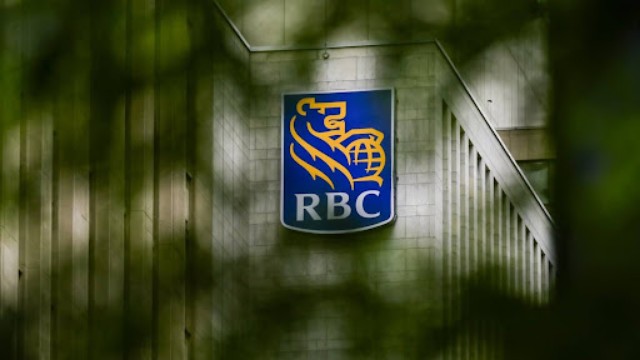
A delivery executive lifting packages while making a stop. (AP Photo/David Zalubowski via the canadian press)
Shoppers in the United States are eagerly hunting for deals online as Cyber Monday kicks off, marking the peak of the post-Thanksgiving shopping frenzy. Despite e-commerce being a year-round habit for many, Cyber Monday—introduced in 2005 by the National Retail Federation—has solidified its reputation as the top online shopping day of the year, driven by deep discounts and aggressive marketing.
According to Adobe Analytics, U.S. consumers are expected to spend a record-breaking $13.2 billion on Cyber Monday, a 6.1% increase from last year. This would make it not only the biggest online shopping day of the holiday season but also of the year. Spending is anticipated to surge between 8 p.m. and 10 p.m. ET, with shoppers spending an estimated $15.7 million per minute.
Many major retailers have stretched Cyber Monday into a multi-day event. Amazon launched its sale early Saturday, while Target began its discounts Sunday night. Walmart opened its Cyber Monday offers to its Walmart+ members on Sunday afternoon before making them available to all shoppers later in the evening.
The five-day shopping stretch from Thanksgiving through Cyber Monday, often called “Cyber Week,” is a crucial barometer for holiday spending. While inflation has left many goods more expensive than pre-pandemic levels, consumer spending remains robust, supported by a strong economy. However, rising credit card debt and the increasing use of "buy now, pay later" plans suggest shoppers are finding creative ways to manage costs.
Retail sales during this period have been strong, with Adobe reporting $10.8 billion in online spending on Black Friday, a 10.2% rise from last year. Thanksgiving Day online sales also hit a record $6.1 billion, while Saturday and Sunday saw another $10.9 billion combined. Cyber Week’s total online spending is expected to surpass $40 billion.
Shopify revealed its merchants generated a record $5 billion in sales globally on Black Friday, with popular categories including clothing, cosmetics, and fitness products. Meanwhile, Salesforce estimated U.S. Black Friday online sales at $17.5 billion, contributing to $74.4 billion globally. Mastercard SpendingPulse reported overall Black Friday sales increased by 3.4% from last year, driven by a double-digit surge in online shopping.
In-store shopping, however, showed a decline. RetailNext reported a 3.2% drop in foot traffic on Black Friday compared to 2023, with the Midwest seeing the sharpest decline. Sensormatic Solutions noted an 8.2% dip, attributing it to extended promotions diluting the traditional single-day rush.
Consumer trends are also shifting, with more emphasis on experiences and premium products. Shoppers are spending on self-care, high-end electronics, and upgraded versions of household items. FedEx reported steady shipping volumes during the weekend and expects Cyber Monday activity to slightly exceed last year's 19 million packages shipped, despite the shortened holiday season.
While the full picture of holiday spending will emerge later, early data indicates a strong shopping season, with consumers balancing traditional purchases and indulgent treats amid evolving economic pressures.















